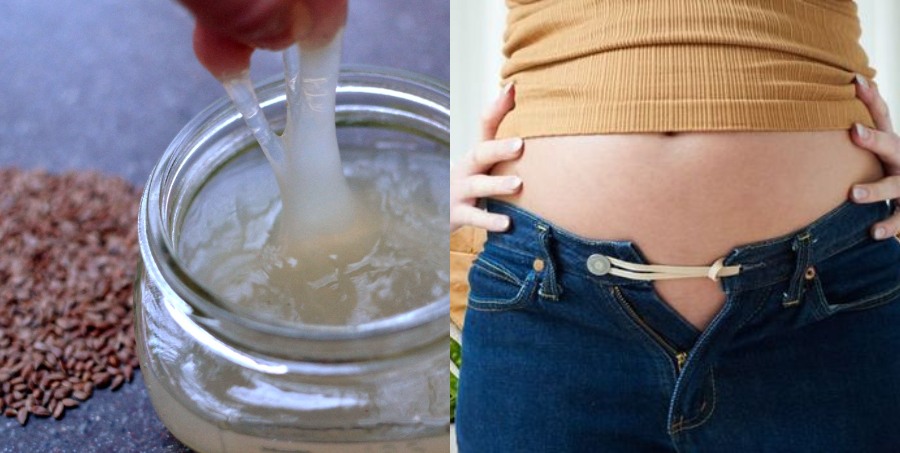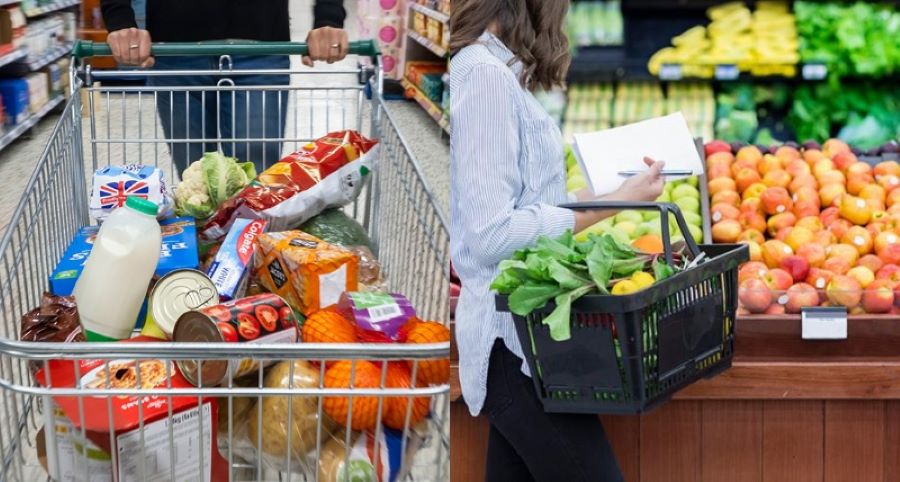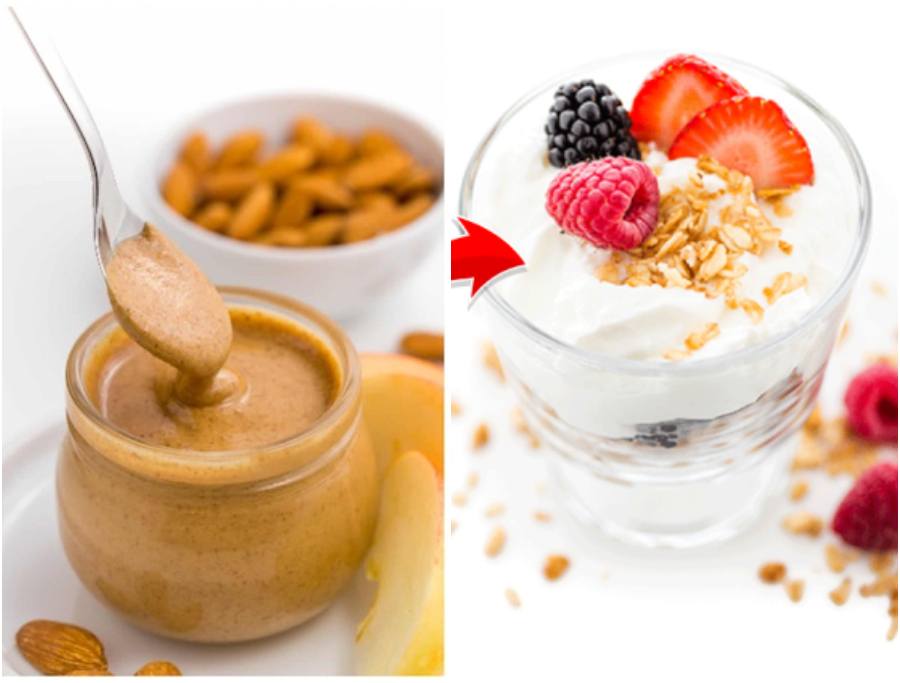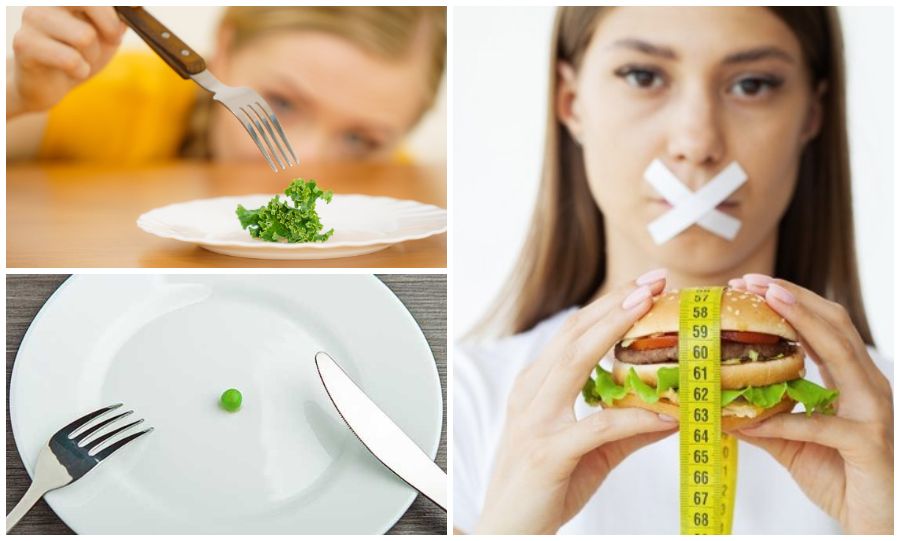Fit body comes with a price, some hard work+healthy diet! In a world where almost everything is adulterated, we consumers need to be wise and careful before purchasing any product from the store. Often products are labelled with misleading tag lines like “healthy,” “100% real,” but if you know how to read your labels, girl you can conquer the world. In this post, we are going to reveal certain ingredients which are unhealthy for your body and it’s time to say “I Quit!”
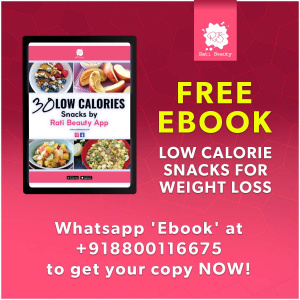

1. Don’t judge a book by its cover: No matter what the front label says, don’t let it fool you! Front labels are often luring and convincing. According to research, front labels are misleading and in most cases, false. For example, high-sugar processed breakfast cereals like whole-grain, choco puffs are termed healthy by their manufactures. Regardless of their front labels, these breakfast items are not at all healthy! A simple breakfast cooked at home like Indian porridge (Dalia), unflavoured rolled oats, idli, poha are far more better and healthier options to consider. You will be surprised but corn flakes, muesli, and almost every health drinks are actually unhealthy for health! (I’ve been relying on them since ages – trust and tongue both are in distress!)
2. Read the ingredient list: This might take a minute or two, but your body will thank you forever. Rule number one is to consider the first three ingredients mentioned in the list because they make the largest part of the product. If the label says, it’s a “corn product” and the ingredients list doesn’t contain corn in the first three list, sister, keep the product back and move forward. Avoid products that contains refined flour which means maida in layman terms, hydrogenated oil, and palm oil. If the ingredients is longer than 2-3 lines, then it suggests that it is highly processed and your body definitely doesn’t need such products. Eat khichdi instead!

3. Watch out for luring words: Often packaged food is designed to convince the consumer that the product is healthy and brands use catchy words to draw attention. Stay away from fancy taglines and google what you don’t understand. Here are some examples of taglines that brands use:
- Multigrain: Looks very healthy, but in reality, the product only contains more than one type of grain. Most of these are refined grains, so choose a product marked with whole grain instead.
- Natural: It doesn’t mean that the product resembles anything natural. It simply indicates that the manufacturer used a natural ingredient, for example – orange, wheat.
- Organic: This term describes very less about the product, for eg- organic sugar is still empty calories.
- Low fat: Be extra cautious while purchasing low-fat products, avoid low-fat products because when fat is lowered, it’s usually balanced with extra sugar or extra carbs. Buy regular salted butter instead of low-fat butter because low-fat butters such as margarine because it’s made mostly of vegetable oil, salt, emulsifiers, etc.
- Made with whole grains: The product may contain very less whole grain, read the ingredients list; if it is not mentioned in the first 3 ingredients, the amount is too less to consider healthy.
- Gluten-free: Gluten-free doesn’t necessarily mean healthy. It simply means that the product doesn’t contain wheat, rye, or barley. Most gluten-free foods are highly processed and contain high amounts of sugar and fats.
- Fruit-flavored items: Many processed foods have names like mango favour/ strawberry flavour, but in reality, there is not a trace of fruit in the product and it just contains chemicals altered to taste like the fruit. This can be traumatising if you spent your entire childhood drinking Maaza! Same pinch!
- Zero trans fat: The term means less than 0.5 grams of trans fat per serving, but if serving sizes are designed for barbie dolls, (misleadingly small) then the product may still contain a good amount of trans fat, which can help you gain some unwanted weight.
4. Different sugar names: If you are on a diet or simply leading a healthy life, you need to know what sugar is called in different names because you read two or more sugar names in the ingredients list, do yourself a favour and stay away from it! Let’s begin- cane sugar, brown sugar, buttered sugar, beet sugar, caster sugar, coconut sugar, invert sugar, date sugar, golden sugar, organic raw sugar, raspadura sugar, muscovado sugar, confectioner’s sugar and evaporated cane juice are some common sugars found in processed food. Types of syrup: high-fructose corn syrup, golden syrup, oat syrup, carob syrup, honey, agave nectar, rice bran syrup,malt syrup, maple syrup, rice syrup, malt syrup. Other types of sugars: Lactose, barley malt, molasses, ethyl maltol, cane juice crystals, maltodextrin, galactose, malt powder, corn sweetener, crystalline fructose, dextran, fructose, fruit juice concentrate, maltose, disaccharides, and glucose.
5. Check serving sizes: Nutrition labels show standard amount of calories and nutrients of the product, which suggest single serving. However, these serving sizes are much smaller than what an average person consumes. For example, one serving mentioned on the label must be half a pack of biscuit, or half a bottle of soda, or half a chocolate bar, or of one single chocolate bar. By stating in such a manner, the manufacturers deceives the consumer into thinking that the food contains fewer calories. If you really want to count your calories per day (most people do when on a diet), simply multiply the calories amount given at the back with the amount you consumed.
The best way to stay healthy is by avoiding processed foods as much as possible. Prepare meals at home for higher nutritional value and healthier body. If you still decide to buy packaged food items, make sure you read your labels before spending your money on it.

